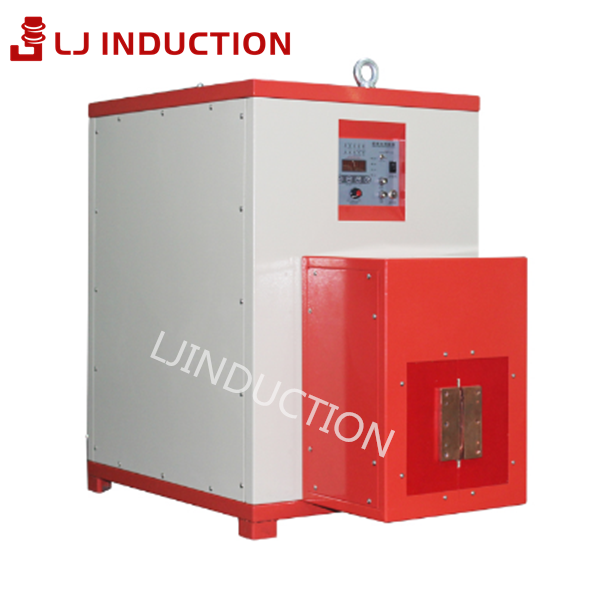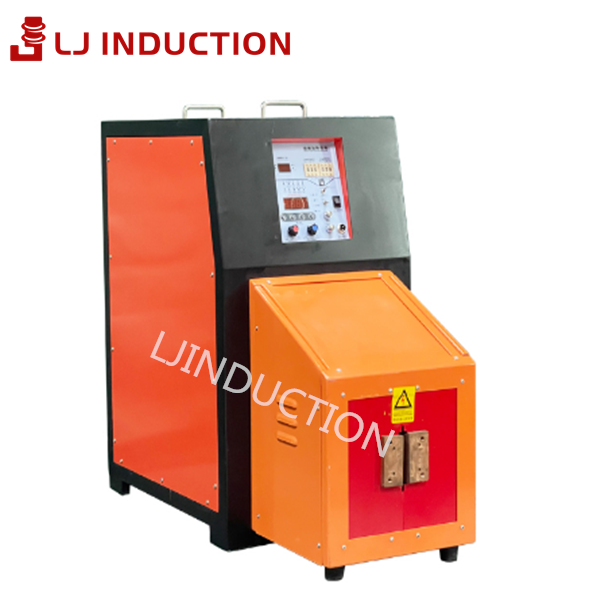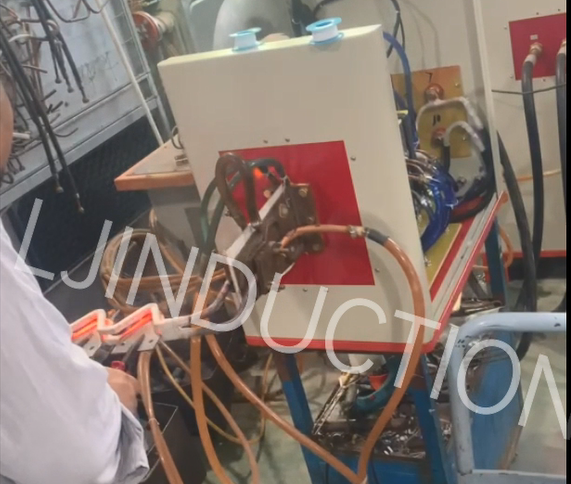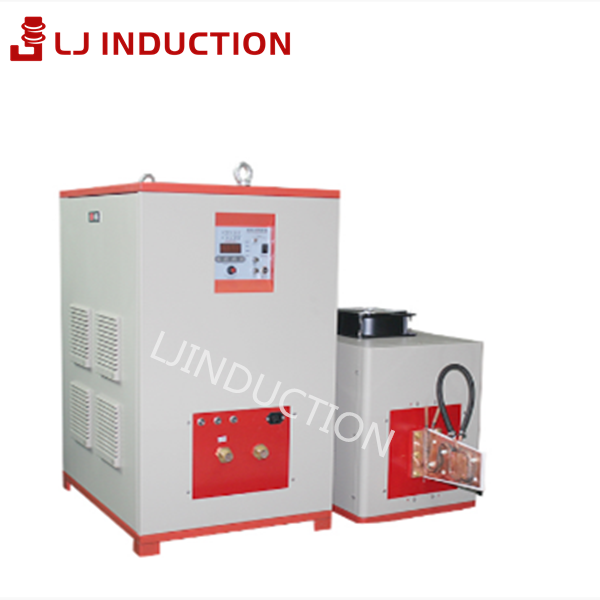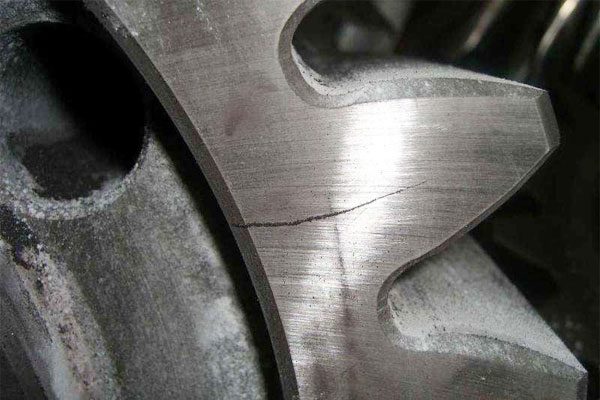What is Induction Hardening?
Induction hardening process is a surface heat treatment method that significantly enhances the hardness, wear resistance, and fatigue life of metal components. By using electromagnetic fields to generate localized heat, this technique allows for rapid surface transformation while preserving the toughness of the core.
Induction hardening process refers to the precise sequence of heating and quenching the metal surface. At LJINDUCTION, we design and manufacture systems that tightly control every step of this process, ensuring repeatability and optimal hardness depth for each application.
Induction harden is the term often used to describe the action of applying this technology to specific parts—such as shafts, gears, pins, and rollers—making them more durable under high mechanical stress. This method is widely used in automotive, aerospace, construction, and heavy equipment industries.
Induction hardening offers many advantages over conventional hardening techniques: faster processing, minimal distortion, selective hardening zones, and easy integration with automated production lines. With LJINDUCTION’s engineering expertise, companies can unlock the full potential of this technology across various production scenarios.
Benefits of Using Induction Hardening
Induction hardening process delivers a highly efficient and controlled way to increase the surface hardness and fatigue resistance of metal components. Unlike traditional furnace or flame hardening methods, this process provides localized treatment with minimal thermal stress and distortion.
Induction hardening is known for its rapid heating and immediate quenching, which not only shortens production cycles but also allows for selective hardening of complex geometries. This means less energy consumption, reduced material waste, and a cleaner working environment.
Induction harden your components to achieve superior wear resistance and longer service life, especially in demanding applications such as automotive axles, drive shafts, gears, and bearing surfaces. The process ensures a tough core combined with a hard, durable surface—perfect for high-impact or high-friction environments.
Induction hardening also supports full automation and easy integration into modern production lines. At LJINDUCTION, we provide turnkey solutions tailored to your specific part geometry, hardness depth, and production volume—helping you reduce costs while enhancing performance.
Induction hardening process not only boosts part quality but also brings long-term cost advantages by reducing failures, downtime, and maintenance needs.
Examples
Related Industry

Brass Metal

Brass Metal

Brass Metal

Brass Metal

Brass Metal

Brass Metal
Popular Machine in Induction Hardening
News about Induction Hardening
Deprecated: preg_replace(): Passing null to parameter #3 ($subject) of type array|string is deprecated in /home/u872448966/domains/inductionheatmachine.com/public_html/wp-includes/kses.php on line 1805
What is induction heating?
Benefit of using induction heating
All LJinduction heating machine
Request Evaluation of your heating requirement
Request Info
About Company



